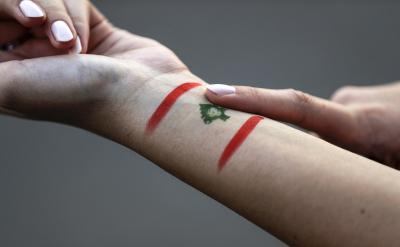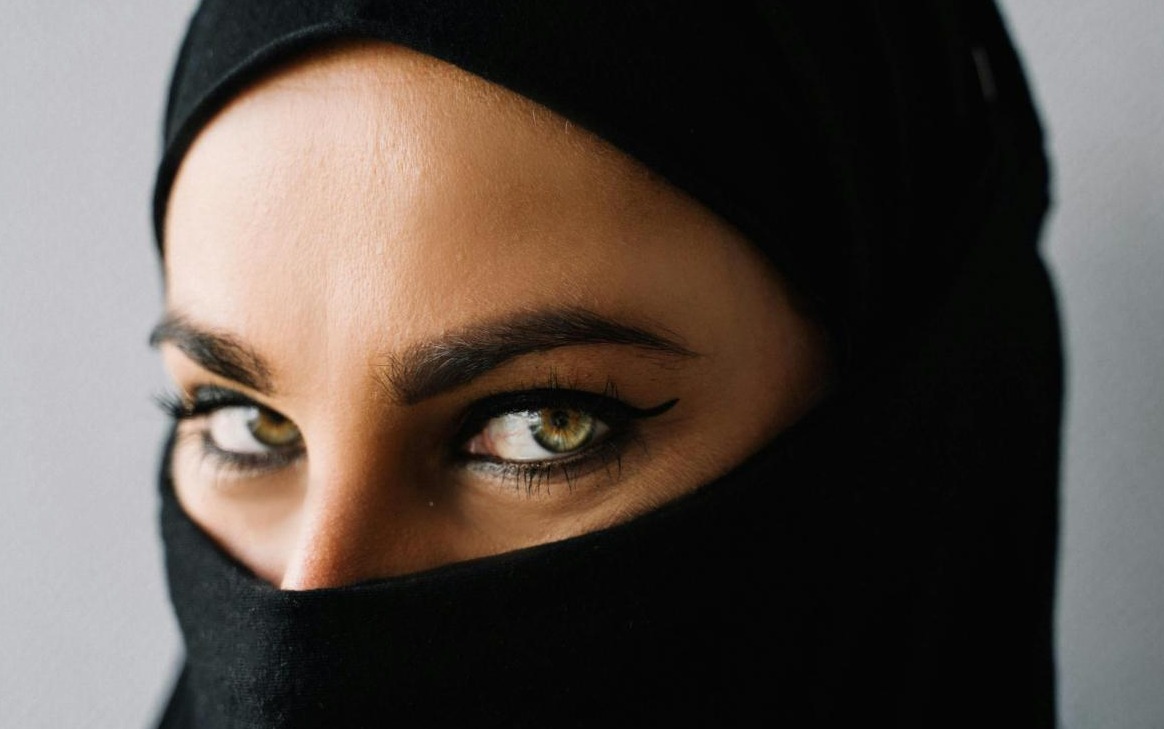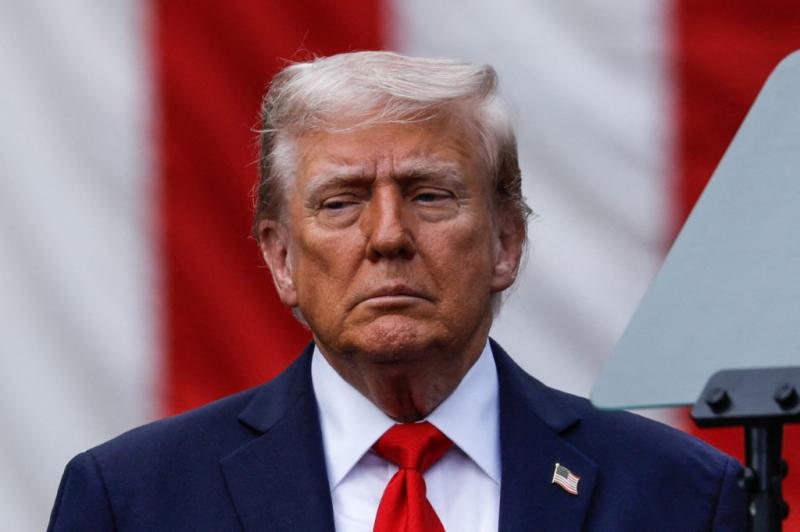Kohl is not just a black line outlining the eye—it’s a timeless trace etched by civilizations onto eyelids. This dark powder, carried through the ages, holds far more than visual allure. It is a mirror of cultures, a ritual of healing, a symbol of resistance, and a declaration of identity. From the temples of the Pharaohs to fashion runways, from folk traditions to global beauty campaigns, kohl has remained ever-present, constantly reinventing its role without severing its roots.
In Ancient Civilizations: more for protection than seduction
In ancient Egypt, kohl was not merely a cosmetic but a tool of protection and belief. Extracted from minerals like galena (lead sulfide), it was ground into a dark powder used to outline the eyes, not just for beauty, but as a shield against the desert sun, a ward against evil spirits, and a remedy to prevent eye infections. Women, men, children, priests, pharaohs, and warriors all adorned their eyes with kohl—an ancient collective act merging beauty and protection.
In the Indus Valley, Mesopotamia, and the Arabian Peninsula, similar substances like “surma” or “ithmid” carried similar roles, rooted in oral tradition, linking kohl with strength, vision, and healing. With the rise of Islamic civilization, kohl retained its place but took on religious meaning, especially ithmid, which was said to improve eyesight and was referenced in multiple hadiths.
In the Modern Age
With the advent of modernity, many of kohl’s spiritual and medicinal uses faded—but they never vanished. In early 20th-century silent cinema, actresses applied kohl in dramatic strokes to emphasize facial expressions, transforming it into a symbol of allure. Later, in the feminist movements of the '60s and '70s, kohl became a symbol of female defiance—part of the aesthetic of strong, independent women rejecting traditional norms.
Kohl in Popular Culture
In Arab societies, kohl remains steeped in tradition—used in rituals from birth to marriage to mourning. Despite the rise of modern makeup, natural kohl is still sold in traditional markets, preserved in brass or silver containers, carrying the memory of mothers and grandmothers.
But kohl has long since crossed into the global market. International beauty brands now repackage it in luxury tubes, branding it with names inspired by the East: “Desert Kohl,” “Nile Gaze,” “Andalusian Eyes”—each evoking a poetic past in a modern gloss.
A Symbol Between the Eye and Identity
Today, kohl is more than a beauty tool—it’s a statement. For many Arab women, it’s a gesture of cultural pride, a subtle thread tying past to present. In conflict zones, stories have emerged of detainees using it to maintain dignity—or to conceal tears. A small detail, perhaps—but one that, time and again, tells stories far beyond the eye.
Please post your comments on:
[email protected]
 Politics
Politics













